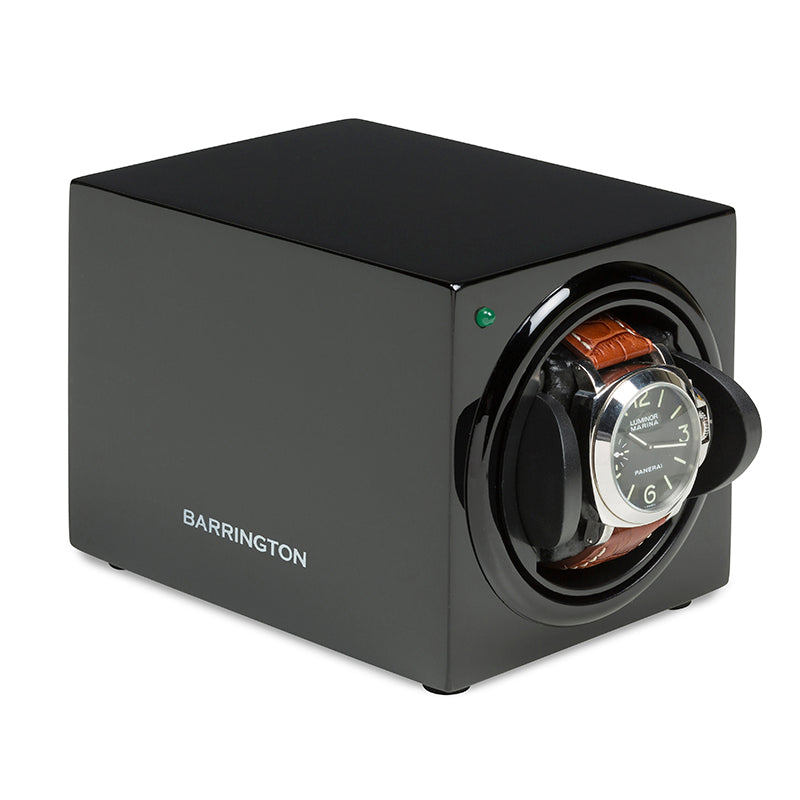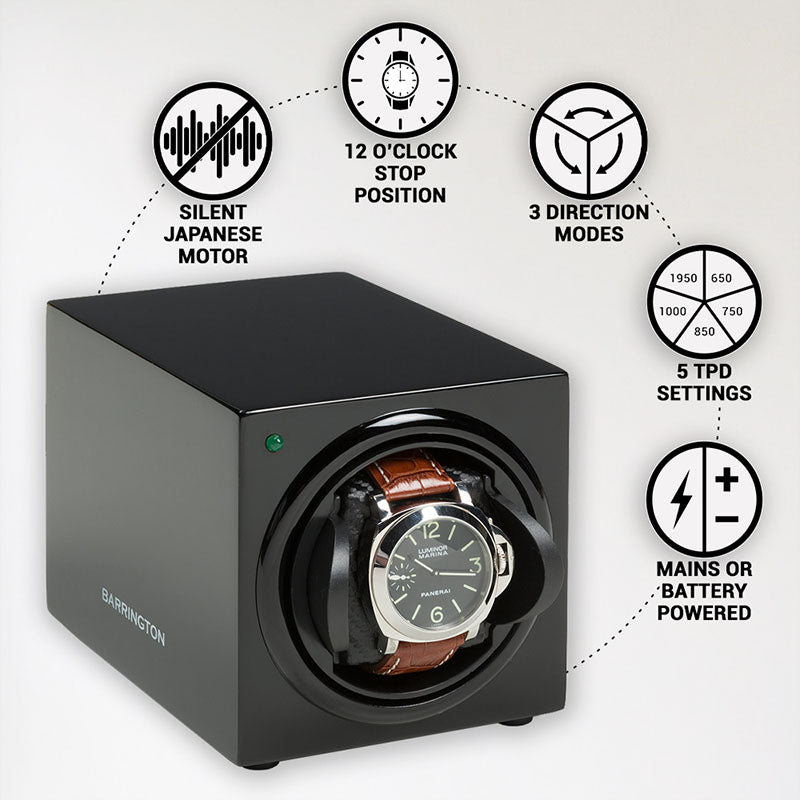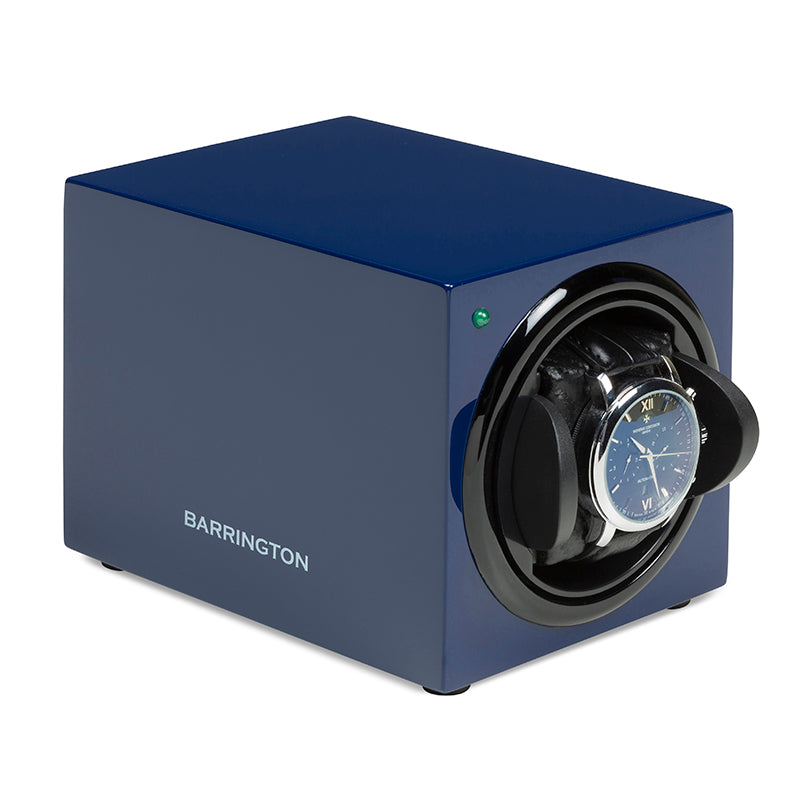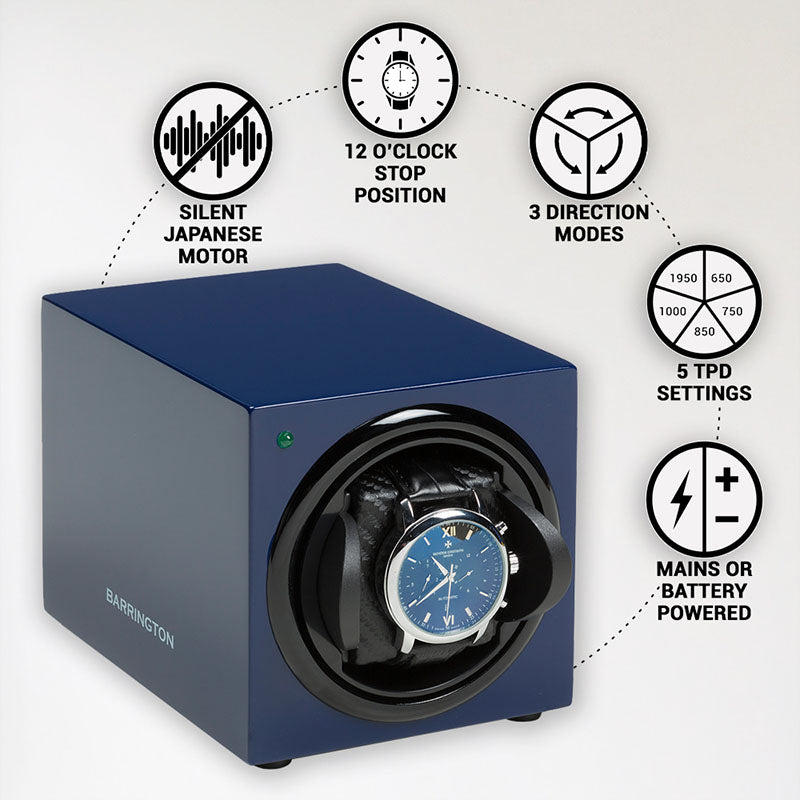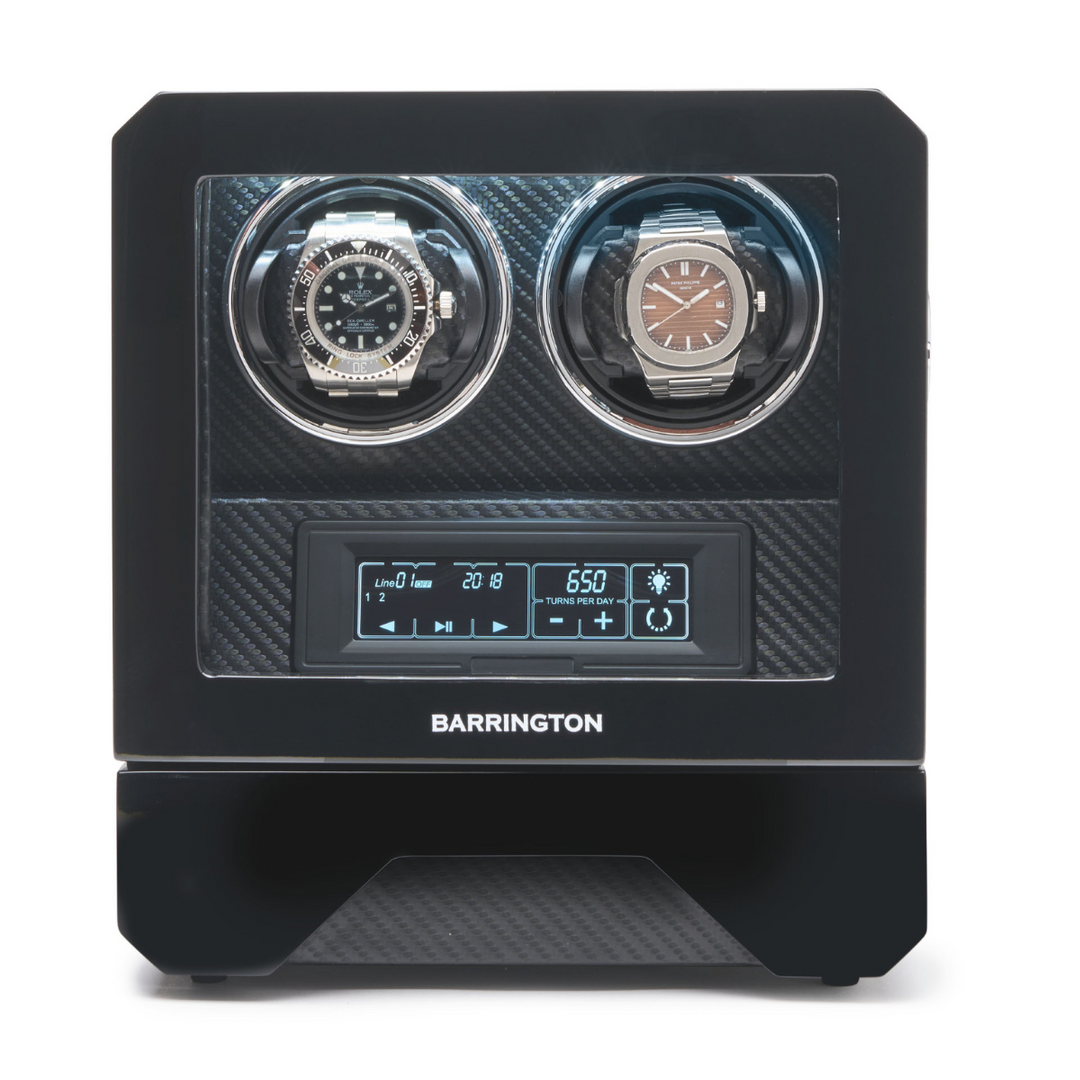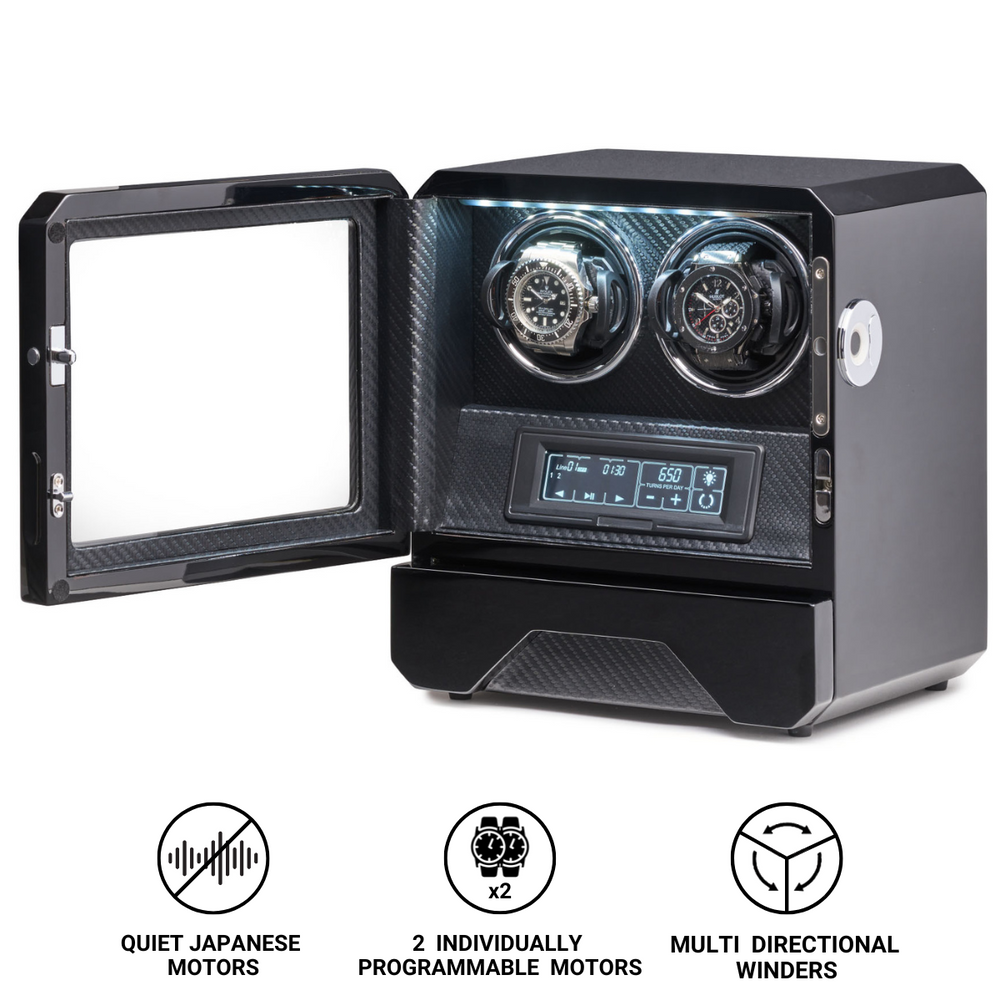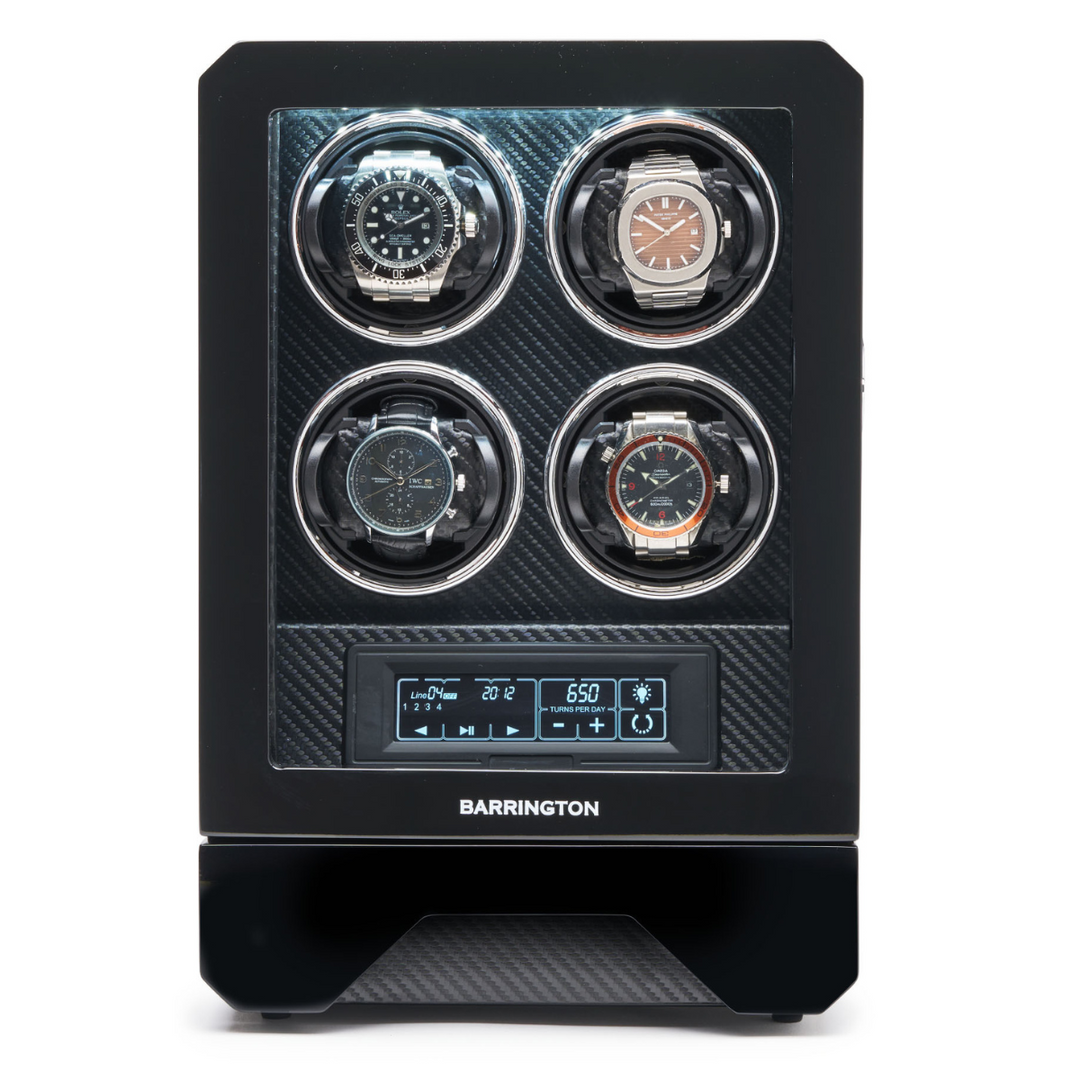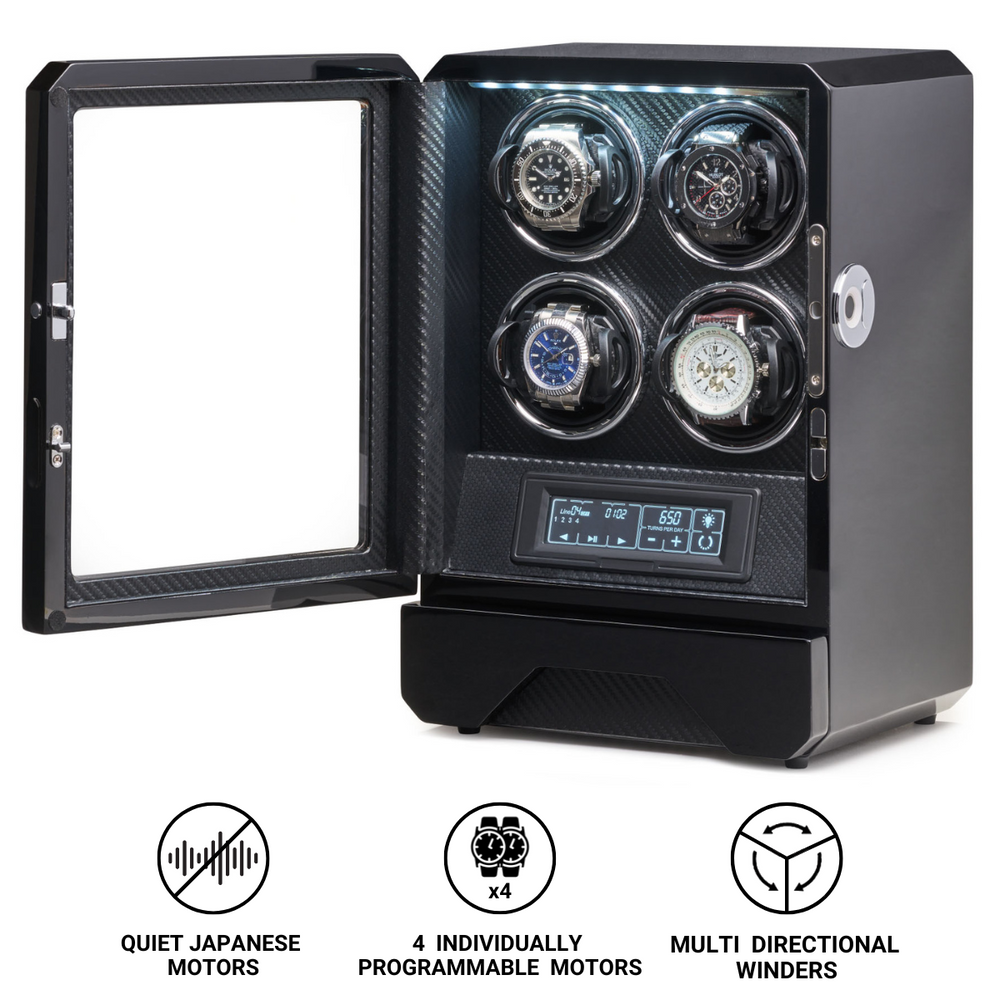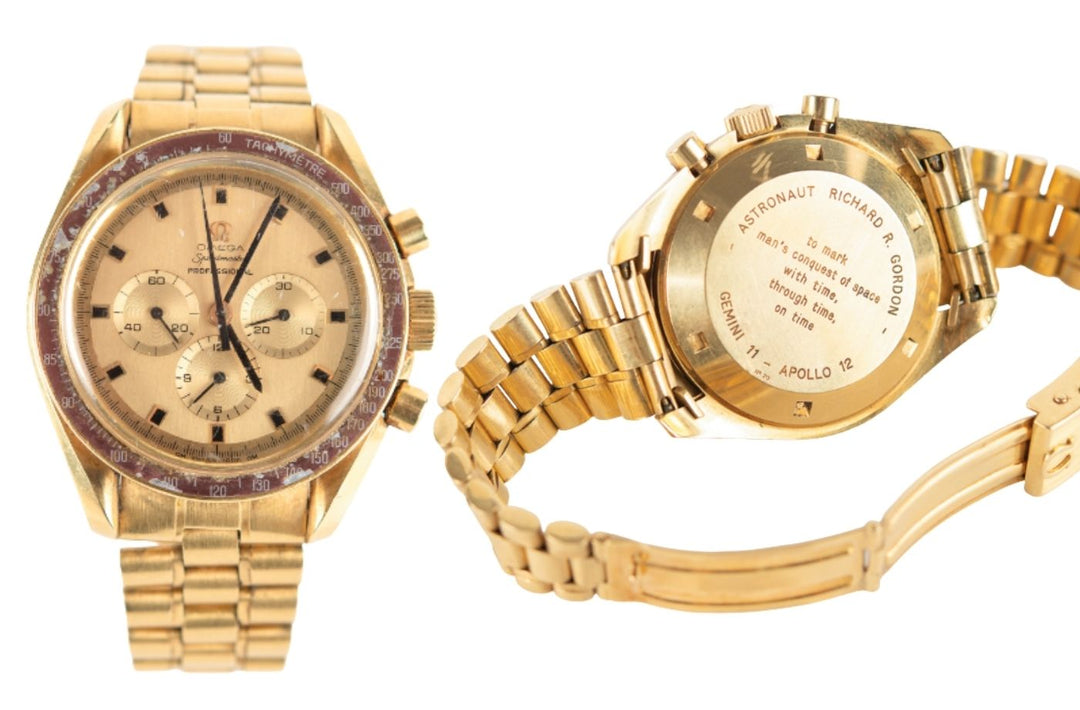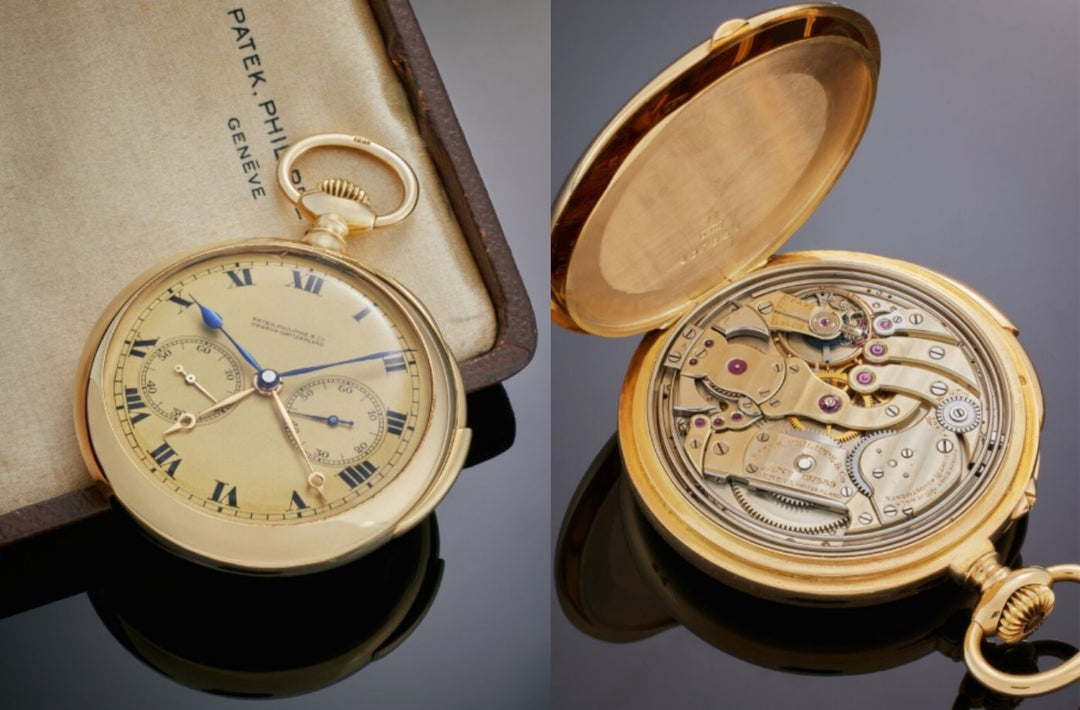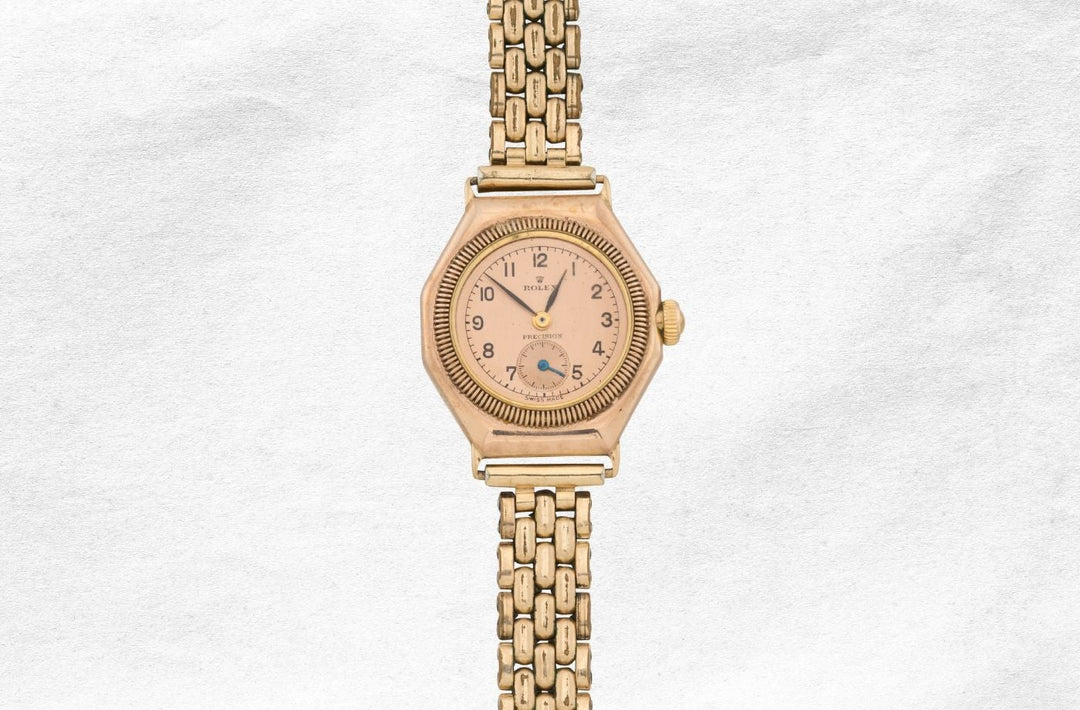The Unofficial Lexicon: Decoding Watch Nicknames and Their Role in the Luxury Market
The Unofficial Language of Luxury
In the world of luxury watches, reference numbers like “126710BLRO” or “116610LV” are essential for identifying materials, movements, and production details. Yet collectors rarely use them in everyday conversation. Instead, an unofficial language of nicknames dominates forums, dealer chats, and auction houses.

These aliases, such as the “Pepsi,” “Hulk,” or “Batman”, have become a cultural code among enthusiasts. They simplify communication, but more importantly, they give each watch an identity beyond its serial number. Saying “Hulk” instantly conjures an image of the bold green Rolex Submariner, while “Pepsi” brings to mind the iconic red-and-blue GMT bezel.
Nicknames also solve a practical problem. Many official model names are too similar to distinguish small but crucial variations. A collector asking about the “Green Submariner” could be referring to three different references. Using precise nicknames avoids confusion, ensuring that everyone in the community knows exactly which model is being discussed.
Ultimately, these nicknames have evolved into a global shorthand, one that reflects aesthetics, history, and pop culture as much as it does horological detail.
The Origins of the Nickname
Most nicknames are born from three factors: color, culture, and context.
1. Color-Based Nicknames
The most recognizable watch nicknames are linked to distinctive color combinations. The Rolex GMT-Master II, famous for its two-tone bezels, has produced some of the most enduring examples.
-
Pepsi (Ref. 126710BLRO) – The red and blue bezel was originally designed in 1955 to help pilots differentiate between day and night hours. Collectors immediately drew parallels to the Pepsi logo, and the name stuck.
-
Coke (Ref. 16710) – Introduced in the early 1980s, this red-and-black bezel variant became the “Coke,” a direct nod to Coca-Cola’s branding.
-
Root Beer (Ref. 126711CHNR) – A combination of brown and black Cerachrom evokes the classic American drink, often seen on two-tone Rolesor (steel and gold) cases.
-
Sprite (Ref. 126720VTNR) – A newer GMT-Master II featuring a green-and-black bezel and a left-hand crown layout. The color pairing led to the soft-drink nickname, while the unusual configuration made it instantly recognizable.
2. Pop Culture References
Nicknames often connect luxury design to mainstream icons.
-
Hulk (Ref. 116610LV) – A green-on-green Submariner that combines a green dial with a ceramic bezel, named after the Marvel superhero.
-
Kermit (Ref. 16610LV) – The earlier 50th-anniversary Submariner with a green aluminum bezel and black dial, reminiscent of the Muppet character.
-
Batman (Ref. 116710BLNR) and Batgirl (Ref. 126710BLNR) – Black-and-blue GMT models named for the comic book heroes; the Oyster-bracelet version is the “Batman,” while the Jubilee version is the “Batgirl.”
3. Historical and Celebrity Associations
Some nicknames come from real people or defining moments.
-
James Bond Submariner (Ref. 6538) – Worn by Sean Connery in Dr. No, linking Rolex forever to the 007 legacy.
-
Paul Newman Daytona (Ref. 6239 and variants) – Named after the actor who famously wore a Daytona with an exotic dial configuration.
-
Jean-Claude Killy Rolex (Triple-Calendar Chronographs) – Named after the Olympic skier and Rolex ambassador known for wearing them.
-
Ed White Speedmaster (Ref. 105.003) – The Omega chronograph worn by astronaut Ed White during the first American spacewalk in 1965.
Each name adds a human or cultural layer to the watch’s story, helping it stand out in an increasingly data-driven market.

The Horological Glossary: Essential Nicknames and What They Mean
Below is a concise collector’s glossary of the most influential nicknames, covering Rolex, Omega, Tudor, Seiko, and others.
Rolex GMT-Master and GMT-Master II
-
Pepsi – Red/blue bezel; first introduced in 1955; still in production.
-
Coke – Red/black bezel; discontinued but highly collectible.
-
Batman – Black/blue bezel on Oyster bracelet.
-
Batgirl – Black/blue bezel on Jubilee bracelet.
-
Root Beer – Brown/black two-tone bezel, often in Everose Rolesor.
-
Fat Lady (Ref. 16760) – Early GMT-Master II with a thicker case to house the new movement.
-
Sprite – Green/black left-hand crown variant released in 2022.
Rolex Submariner Line
-
Kermit (16610LV) – 50th-anniversary model with green aluminum bezel.
-
Hulk (116610LV) – Green dial and bezel, “Maxi Case” proportions.
-
Starbucks (126610LV) – Successor to the Hulk; black dial with green ceramic bezel.
Rolex Daytona
-
Paul Newman – Vintage models with exotic dials worn by the actor.
-
Panda – Modern Daytona with white dial and black sub-dials.
Omega Speedmaster Series
-
Moonwatch – Official nickname adopted by Omega for models linked to the Apollo missions.
-
Ed White – Vintage Speedmaster 105.003, worn on the first U.S. spacewalk.
-
Snoopy – Special-edition Speedmasters celebrating Omega’s NASA Silver Snoopy Award.
Other Notables
-
Snowflake (Tudor) – Named for its distinct square-hand design.
-
Snowflake (Grand Seiko) – Refers to the textured, snow-like dial finish.
-
Turtle (Seiko) – Cushion-shaped dive case resembling a turtle shell.
These nicknames serve as verbal icons, instantly recognizable, descriptive, and vital to how collectors discuss models both online and in person.

The Nickname Premium: How Aliases Influence Value
Nicknames are more than marketing quirks, they directly affect price and demand in the secondary market. Collectors often pay significant premiums for named models, viewing them as more collectible or historically meaningful.
The “Hulk” Submariner offers one of the clearest examples. When it debuted in 2010, it sold close to retail or even slightly below. After Rolex discontinued it in 2020, the model’s desirability exploded. By 2025, the Hulk was selling for around $18,000, far above its original retail price and nearly double the standard black Submariner. Its successor, the “Starbucks,” trades slightly lower, underscoring how discontinuation strengthens a nickname’s power.
The GMT-Master II line follows a similar pattern. The “Pepsi” and “Batgirl” references often trade at 170–180% of their list prices. Even the vintage “Fat Lady” (Ref. 16760) remains strong in value decades later, typically between $15,000 and $16,500.
While condition, provenance, and paperwork remain major factors, the nickname itself creates a layer of emotional and market value. It signals authenticity, scarcity, and collector interest, three key elements that drive auction bidding and resale performance.
Influence on Brand Strategy and Design
The rise of nicknames has also influenced how brands approach product design. Watches like the “Pepsi,” “Hulk,” and “Batman” proved there is major demand for bold colorways and distinctive traits. This feedback loop encourages brands to experiment with creative dial colors, ceramic bezels, and limited editions that appeal to younger buyers seeking individuality.
Rolex’s stance remains consistent: the company never officially uses these names. Instead, it allows the collector community to define them organically, maintaining the brand’s formality while benefiting from the free publicity and cultural energy these nicknames create. Authorized dealers, however, frequently use them in conversation because customers do too.
Omega takes a more open approach. “Moonwatch” has been officially adopted because it aligns perfectly with the brand’s historical narrative. Meanwhile, Seiko fully embraces community naming conventions, often acknowledging terms like “Turtle” or “Samurai” in informal materials.
Nicknames also lower the barrier to entry for newcomers. Rather than learning dozens of reference numbers, beginners can quickly understand the watch landscape through simple, memorable terms. Online communities, especially Reddit, Watchuseek, and Instagram, have amplified this vocabulary, spreading it globally and ensuring consistency in usage.
The Future of the Horological Lexicon
The continued success of nicknamed watches shows how powerful community-driven branding can be. These unofficial titles add story, relatability, and identity, qualities that pure specifications cannot convey. They also help shape secondary-market dynamics, creating clear hierarchies of desirability and reinforcing the notion that a good story is as valuable as technical mastery.
Looking ahead, brands will likely analyze nickname trends more deliberately. As artificial intelligence and data analytics shape design forecasting, watchmakers can use the popularity of collector-created names as a direct indicator of what resonates with their audience.
Nicknames have become part of the DNA of luxury watch culture. They transform a technical object into a piece of living history; they make a complex market easier to navigate; and they ensure that even in an age of automation, personality still defines prestige.


